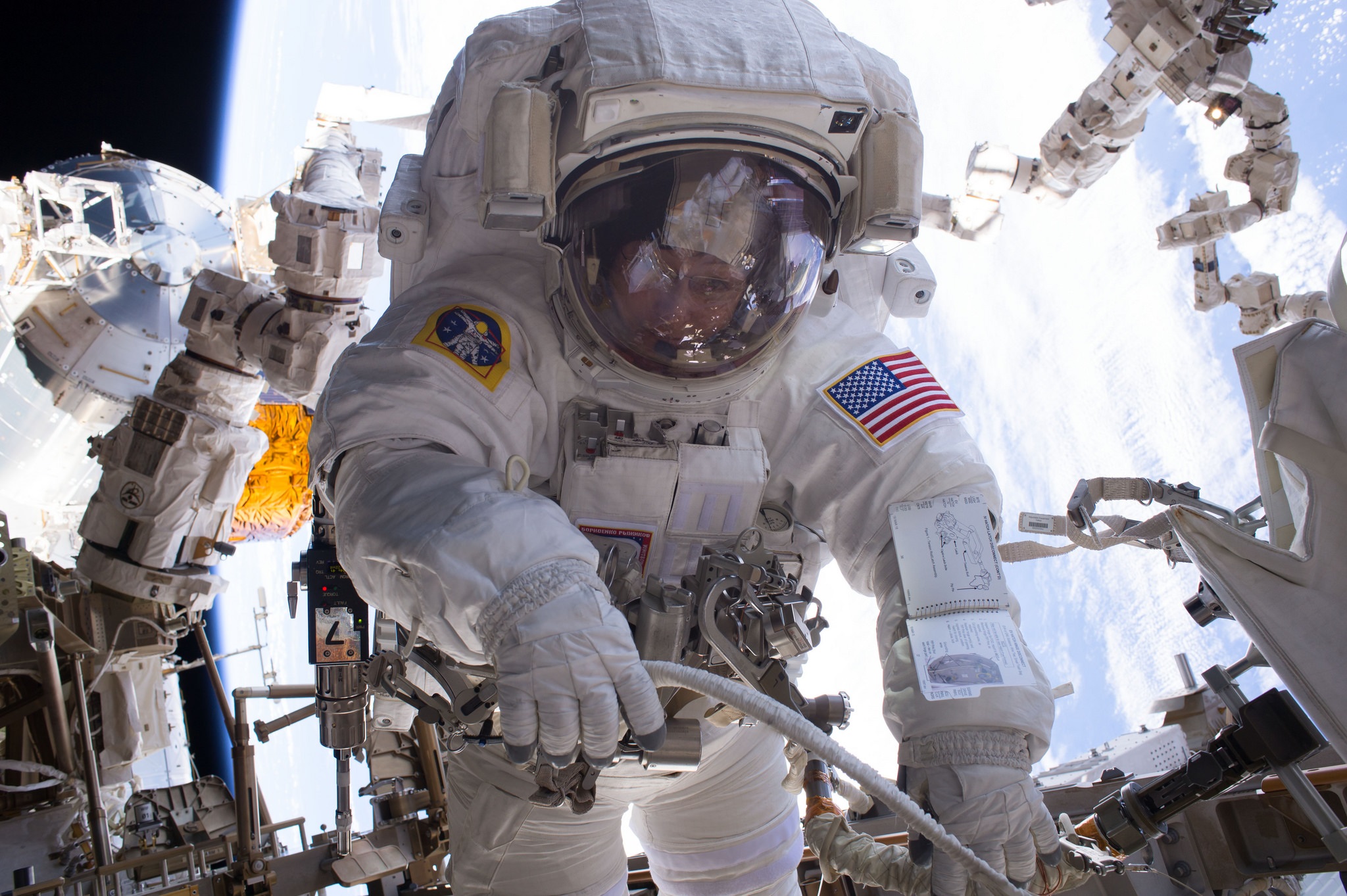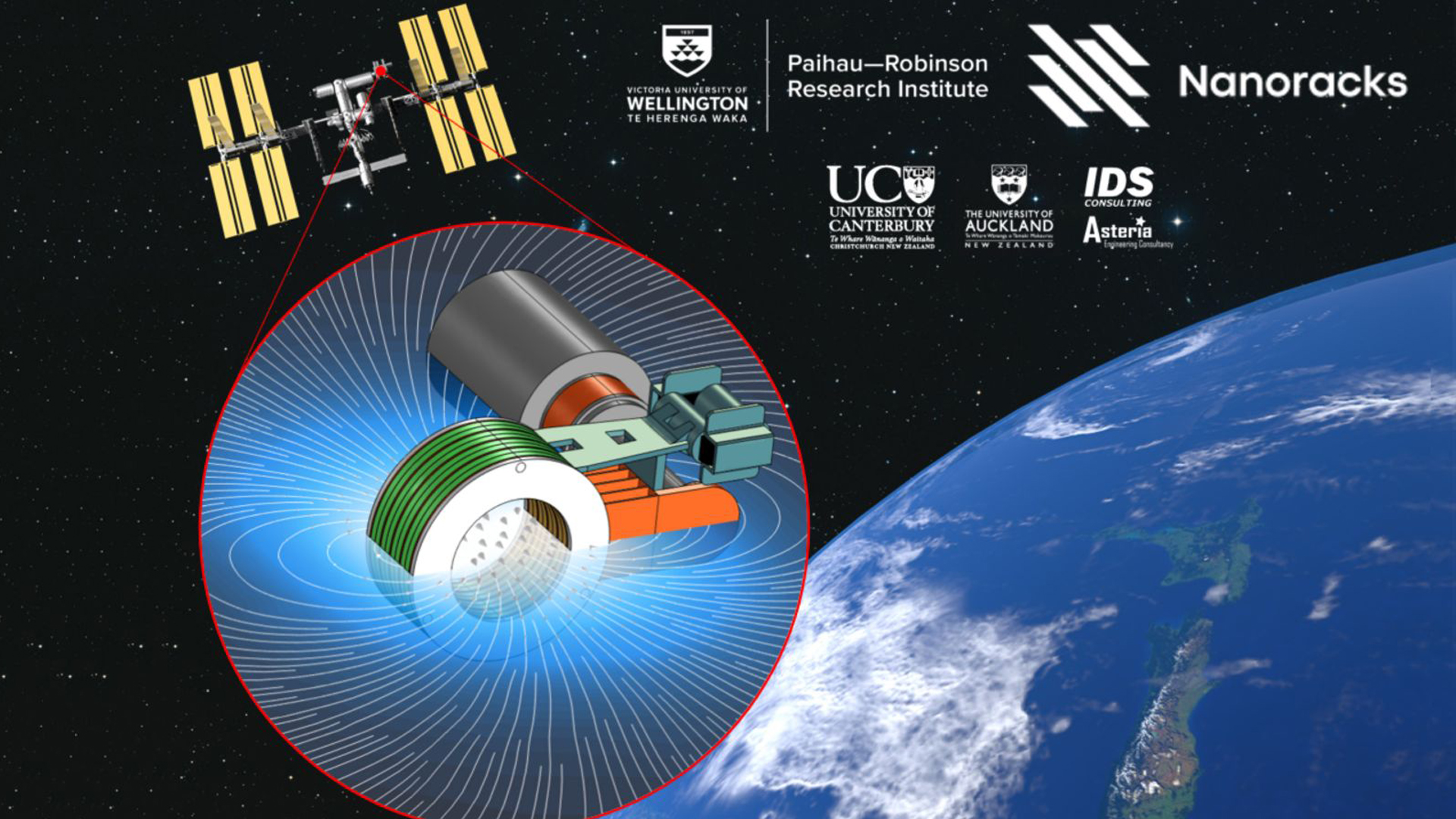Blog
Exploring Watches Designed for Space Exploration
Watches have long been essential tools for astronauts, combining precision engineering with the ability to withstand extreme conditions. The history of space exploration is intertwined with the evolution of these timepieces, leading to the creation of several iconic models specifically designed to meet the demands of space travel. In this article, we will explore the fascinating world of watches designed for space exploration, examining their history, features, and significance.
1. The Historical Context of Space Watches
Early Timekeeping in Space
The need for reliable timekeeping in space dates back to the early days of human spaceflight. Time was crucial for coordinating mission activities, monitoring systems, and ensuring the safety of astronauts. The first significant milestone was the Mercury program in the early 1960s, where astronauts required watches that could function in the zero-gravity environment of space.

NASA’s Involvement
NASA played a pivotal role in the development of space-worthy watches. In the 1960s, the agency began evaluating various timepieces to determine which models could withstand the harsh conditions of space travel, including extreme temperatures, pressure changes, and vibrations.
2. The Omega Speedmaster Professional
The First Watch on the Moon
One of the most iconic space watches is the Omega Speedmaster Professional. This chronograph was first introduced in 1957 and became NASA’s official watch for manned space missions.
Features and Specifications
- Chronograph Function: The Speedmaster features a chronograph function that allows astronauts to accurately time events during their missions.
- Tachymetric Scale: The tachymetric scale on the bezel enables astronauts to calculate speed based on time traveled over a fixed distance.
- Durability: The watch is built with a stainless steel case, hesalite crystal, and a reliable manual movement, making it robust enough for space conditions.
Historical Significance
The Omega Speedmaster gained legendary status when it was worn by astronaut Neil Armstrong during the Apollo 11 mission in 1969, making it the first watch on the moon. Its association with this historic event solidified its reputation as the “Moonwatch.”
3. The Bulova Lunar Pilot
NASA’s Alternative Choice
While the Omega Speedmaster is the most famous space watch, the Bulova Lunar Pilot also holds a special place in space exploration history. This watch was worn by astronaut David Scott during the Apollo 15 mission in 1971.
Features and Specifications
- Quartz Movement: The Lunar Pilot was notable for being one of the first watches to feature a quartz movement, offering superior accuracy compared to mechanical watches.
- Chronograph Functionality: Similar to the Speedmaster, it includes a chronograph feature, allowing for precise timing.
- Durability: The watch is designed with a stainless steel case and a robust design to withstand the rigors of space travel.
Unique Legacy
The Bulova Lunar Pilot is often overshadowed by the Speedmaster but is significant in its own right. It represents the transition to quartz technology in the watch industry and showcases NASA’s willingness to embrace innovation.
4. The Seiko Spring Drive
A Blend of Tradition and Innovation
Seiko has been a pioneer in watch technology, and the Seiko Spring Drive is an excellent example of the brand’s commitment to precision and reliability. While not specifically designed for NASA, it has been used in various space missions.
Features and Specifications
- Spring Drive Technology: This unique movement combines traditional mechanical watchmaking with quartz accuracy, providing exceptional precision.
- Durability: The watch features a robust case design and high-quality materials, ensuring it can withstand harsh conditions.
- Water Resistance: Many Seiko models are designed with water resistance, making them suitable for various environments.
Space Applications
Seiko watches have been used by astronauts in various missions, including those from Japan’s space agency, JAXA. The Spring Drive’s accuracy makes it a reliable choice for scientific endeavors in space.
5. The Casio G-Shock
Tough and Versatile
Casio’s G-Shock line is known for its toughness and versatility, making it a popular choice for various professionals, including astronauts. The G-Shock watches are designed to withstand extreme shock, water pressure, and temperature variations.

Features and Specifications
- Shock Resistance: The G-Shock is engineered to absorb shock, making it ideal for rough environments.
- Water Resistance: Many models offer water resistance ratings of up to 200 meters, suitable for aquatic activities.
- Solar Power: Some G-Shock models feature solar technology, reducing the need for battery replacements.
Space Use
While not officially designated as a space watch, G-Shock models have been used by astronauts due to their reliability and ruggedness. They are particularly valued for their multifunctionality, including timers, alarms, and backlighting.
6. The Citizen Eco-Drive
Innovative Power Source
Citizen’s Eco-Drive technology revolutionized the watch industry by creating watches powered by light. This innovation has made Citizen watches popular among astronauts and space agencies.
Features and Specifications
- Light-Powered: Eco-Drive watches convert any light source into energy, eliminating the need for battery changes.
- Durability: Citizen watches are known for their robust construction, often featuring scratch-resistant crystal and sturdy cases.
- Accuracy: The quartz movements in Eco-Drive watches provide reliable timekeeping, essential for space missions.
Space Applications
Citizen watches have been used in various space missions, including those involving Japanese astronauts. The Eco-Drive’s reliability and innovative power source make it an excellent choice for space exploration.
7. The Hamilton Khaki Field
Military Heritage
Hamilton has a rich history of producing military watches, and the Khaki Field is one of its most notable models. While not primarily designed for space, it has been worn by astronauts and military personnel alike.
Features and Specifications
- Robust Design: The Khaki Field features a durable stainless steel case and is designed to withstand tough conditions.
- Legibility: The watch’s clear dial and luminous hands ensure visibility in low light, a crucial feature for space missions.
- Automatic Movement: Many models use reliable automatic movements, ensuring accurate timekeeping.
Astronaut Connection
The Hamilton Khaki Field was worn by astronaut Scott Kelly during his year-long stay on the International Space Station. Its rugged design and reliability make it suitable for space exploration.
8. The Sinn 104
German Engineering Excellence
Sinn is a German watch brand known for its engineering excellence and innovative designs. The Sinn 104 is a pilot’s watch that has gained recognition for its durability and functionality.
Features and Specifications
- High-Quality Materials: The Sinn 104 is crafted with stainless steel and features a scratch-resistant sapphire crystal.
- Water Resistance: With a water resistance rating of up to 200 meters, it is suitable for various environments.
- Anti-Magnetic Properties: The watch is designed to withstand magnetic fields, making it reliable for pilots and astronauts alike.
Space Applications
While Sinn watches are not officially certified for NASA missions, their robust construction and reliable performance have made them a choice for aerospace professionals.
9. The Longines Conquest V.H.P.
Quartz Precision
Longines is a Swiss brand known for its elegant designs and precision. The Conquest V.H.P. (Very High Precision) is a quartz watch that offers exceptional accuracy, making it suitable for space missions.
Features and Specifications
- High Precision Quartz Movement: The V.H.P. movement is accurate to ±5 seconds per year, ensuring reliable timekeeping.
- Durable Construction: The watch features a stainless steel case and scratch-resistant sapphire crystal.
- Water Resistance: Many models come with a water resistance rating, adding to their versatility.
Space Use
While not as well-known in the context of space exploration, the Longines Conquest V.H.P. has gained recognition for its precision and reliability, making it a potential choice for astronauts.
10. Conclusion
Watches designed for space exploration represent the pinnacle of engineering and innovation. As tools for timekeeping in the challenging environment of space, these timepieces must withstand extreme conditions while maintaining accuracy and reliability. From the legendary Omega Speedmaster, the first watch worn on the moon, to the rugged G-Shock and innovative Eco-Drive watches, each model tells a story of human ingenuity and exploration.
The legacy of these watches continues to inspire future generations, reminding us of the vital role that timekeeping plays in our quest to explore the unknown. Whether worn by astronauts or enthusiasts on Earth, these timepieces symbolize the spirit of adventure and the pursuit of excellence. As technology advances, the evolution of space watches will undoubtedly continue, pushing the boundaries of what is possible in the realm of horology.


